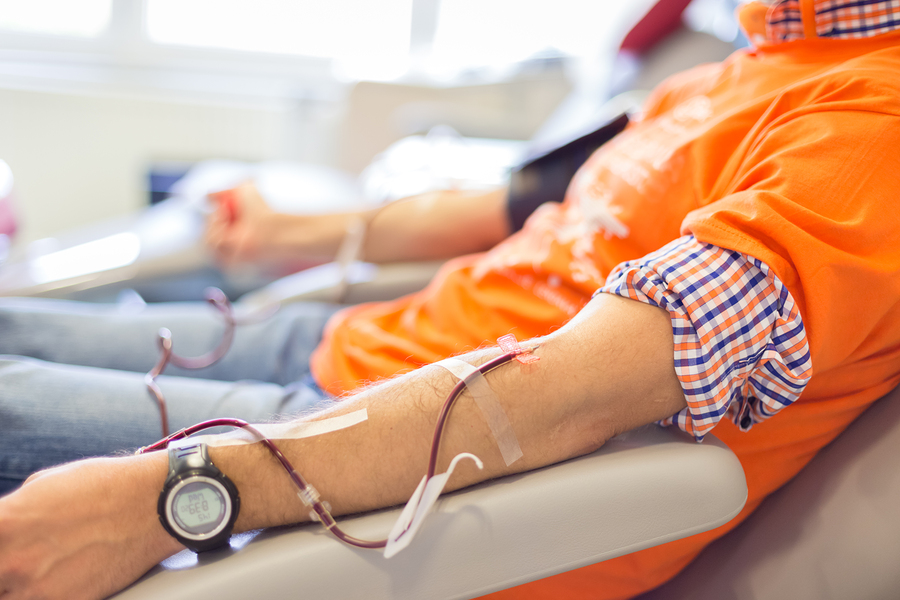Want to give blood? Tips for first-time donors
Thinking about donating blood for the first time? It’s normal to be nervous, but the truth is: donating is quick, easy and saves lives. Here’s a guide on how to do it.
Many people require blood transfusions to survive—not only in emergencies, but often as part of regular, long-term treatment plans. For example, people with cancer, blood diseases and anaemia rely on blood transfusions for the red blood cells their bodies need to function.
Even though there are well-established blood donation programmes, blood supply is often low. The entire system depends on the kindness of donors, particularly those with rare blood types. By donating blood regularly, you will make a direct difference to the lives of people in need.
If you want to give blood, here’s what you need to know to get started.
Check whether you’re eligible
Before you schedule an appointment to give blood, make sure you’re eligible. There are a number of criteria that may disqualify you, but here are the most common reasons people are turned away:
- You’ve travelled outside the UK at some point during the last six months.
- You’ve had an infection within the last two weeks.
- You’re on antibiotics or have been within the last week.
- You’ve gotten a body piercing or tattoo within the last four months.
- You’re feeling unwell (head cold, fever, cold sores, etc.).
- You’ve had dental work within the last week.
- You have or have had a heart condition.
Find a blood centre near you
If you meet the criteria to give blood, the next step is to find a blood donation centre in your local area.
- England
Select your region on the map at Blood.co.uk.
- Scotland
Enter your postcode in the search tool at ScotBlood.co.uk.
- Northern Ireland
Search the map for your nearest blood donation centre at NIBTS.org.
Prepare for your visit
Donating blood requires very little preparation, but there a few ways you can help ensure everything goes perfectly. Before your appointment, it’s a good idea to:
- Make sure your iron levels are sufficient by incorporating iron-rich foods like spinach, shellfish, eggs and whole grains into your diet.
- Drink plenty of water or other non-alcoholic beverages the day of your appointment. The Red Cross recommends an extra 16 ounces to ensure you’ll fully hydrated.
- Eat healthy, low-fat meals in the days before your appointment. If there’s too much fat in your blood, it can affect test results and mean your donation can’t be used for transfusion.
- Bring your ID and wear a top with loose fitting sleeves.
What to expect
There are three main stages of the donating process:
1. Initial health check
When you arrive for your appointment, you’ll confirm your identity at the main reception and then fill in a form to ensure you don’t have any health conditions that prohibit you from donating. A staff member will talk through the form with you and, if you’re OK to donate, he/she will do a quick, finger-prick blood test to check your haemoglobin levels. If your levels look good, you’re ready donate.
2. Donating
Next, you’ll be led into a room with several comfortable, reclining chairs. A staff member will fit a blood pressure cuff around your arm to create a slight amount of pressure. He/she will clean the area of your arm around your vein and insert a needle to begin the donation process. During the donation, you’re asked to slightly tense-up and then relax your arm muscles to assist the flow of blood. The entire donation process usually lasts 5-10 minutes.
3. After donating
When you’ve finished donating, you’re advised to relax and enjoy the free refreshments provided by the centre. This allows you to rest, rehydrate and refuel before you return to your daily activities.
Have you ever considered donating blood?




















